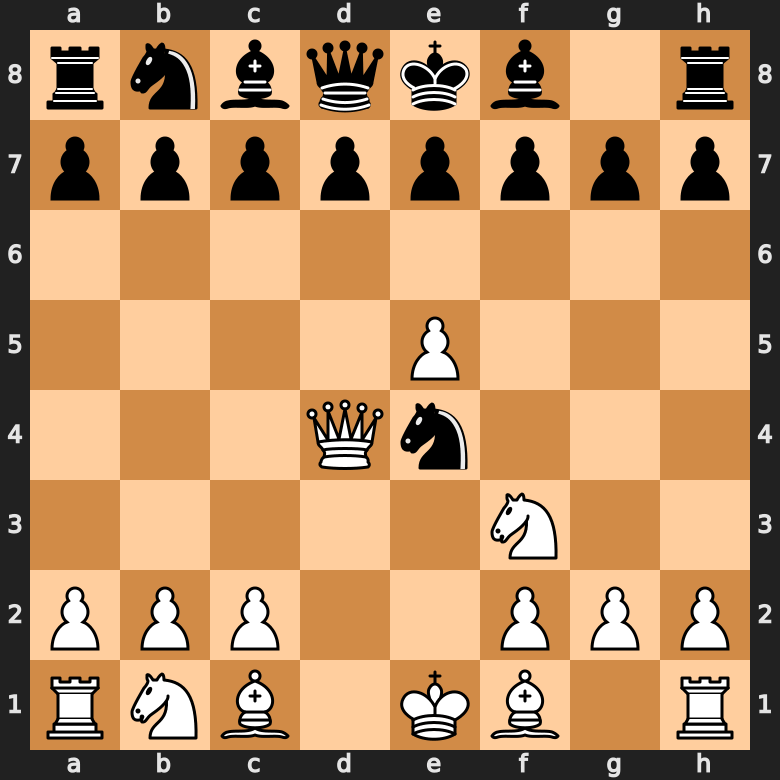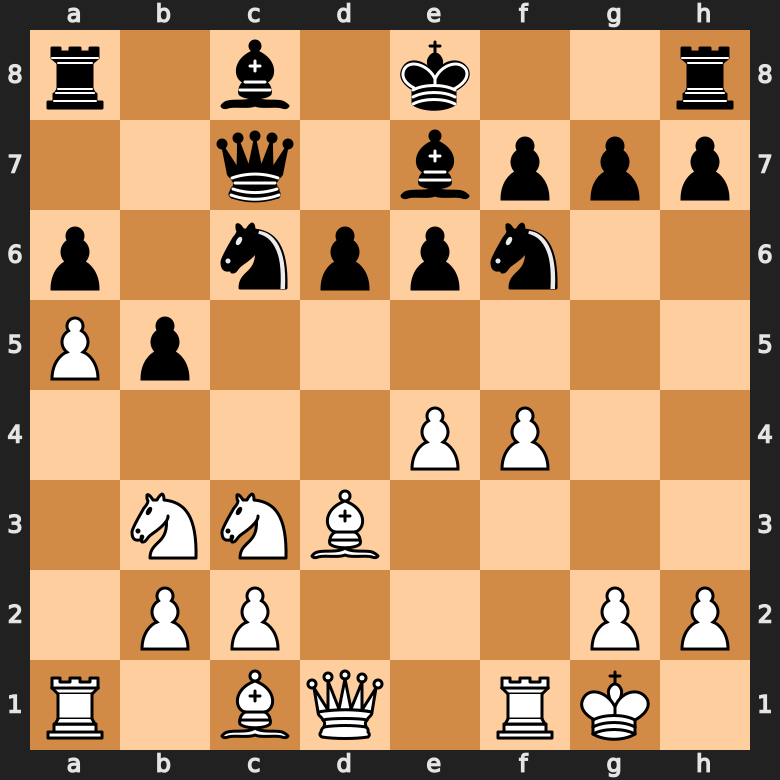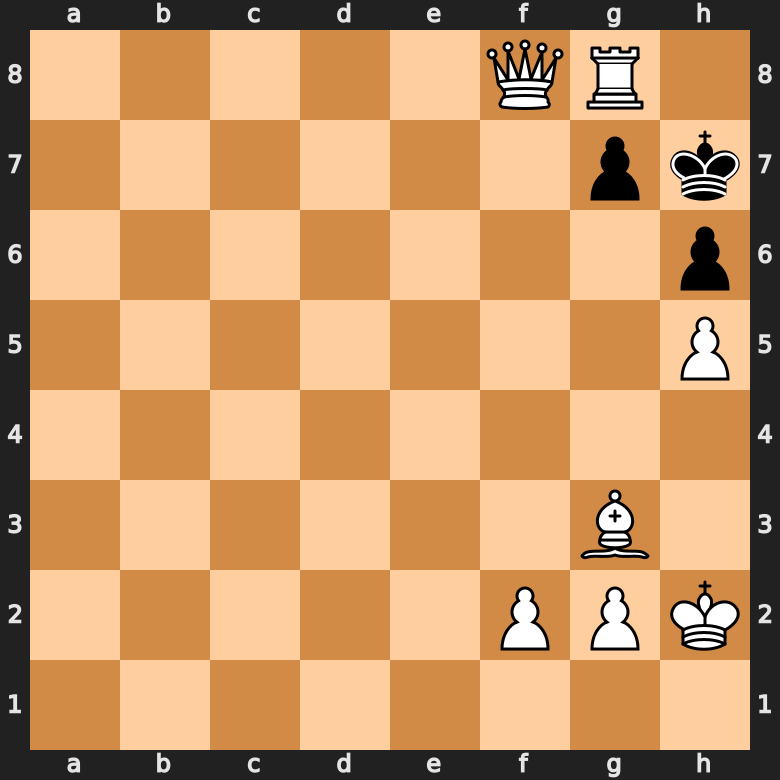Capturing En Passant: How To do it
Usually, the pawn can capture other pieces that stand diagonally in front of it. There is one exception to this rule, however: capturing “en passant” – what does that mean 🤔?
En passant is French for “in passing“. In chess, it describes a special move in which a pawn can capture another pawn (not piece!) that just moved alongside it. En passant can be a bit complicated to grasp for beginners, so let’s break it down.
En Passant Rules Explained
Ready for a boring description of en passant? Here you go:
“A pawn attacking a square crossed by an opponent’s pawn which has advanced two squares in one move from its original square may capture this opponent’s pawn as though the latter had been moved only one square. This capture is only legal on the move following this advance and is called an ‘en passant’ capture.”
Okay, glad you made it through that ✔️. That’s exactly how FIDE describes en passant in their official rulebook of chess. Let’s break it down so you actually understand how to capture en passant.
There are three rules that need to be met to be allowed to capture a pawn en passant:
- Both pawns must occupy the same rank (i. e. stand in line horizontally).
- Both pawns must occupy adjacent files (i. e. stand directly beside each other).
- The enemy pawn moved two squares on the previous move.
If (and only if) these three rules are met, you can immediately capture the enemy’s pawn as if it only moved forward one square. However, this special move is only allowed on the turn immediately after the enemy pawn’s two-square advance. Meaning, you lose your right to capture en passant if you do not immediately exercise it ❌.
Step by Step: Capturing En Passant
Let’s imagine you’re playing as White. Capturing en passant could look something like this:

Step-by-step:
- Our pawn is on the 5th rank, with an enemy pawn on the 7th rank (and yet to make its first move) on a horizontally adjacent file.
- The enemy pawn advanced two squares, placing it directly next to our pawn.
- We can now capture the pawn as if it had only moved forward one square.
Should You Capture En Passant?
Even though en passant is a pretty nifty move, don’t be tempted to blindly capture en passant when given the chance. It’s not like capturing en passant is inherently bad, but – as always in chess – you need to evaluate if a certain move improves or worsens your position ⚖️.
So let’s look at a real-life example. Black Just Played Pawn to b5, should you capture en passant with your pawn on a5?

In this case, it would make sense for White to capture en passant for three reasons:
- The Black pawn could advance further and push away our knight, thus making us lose control of the center.
- The a-file is now open for our rook rook.
- The capture mounts pressure on the a6-pawn, with the bishop on d3 and a possible queen move to e2.
However, there are countless examples where it doesn’t make sense to capture en passant, even though you are technically allowed to. As always with chess strategy: it depends on the position.
En Passant Checkmate
Here’s a cool checkmate for you:

Admittedly, checkmating your opponent by capturing en passant is probably a once-in-a-chess-career occasion. It’s super cool nonetheless.
You can see Black has no legal move except moving his pawn on the g-file. Lucky for us, the black pawn advances two squares, giving us the right to capture it en passant. Our pawn now delivers checkmate, as the black king has no legal moves left. Beautiful!
Why Does En Passant Even Exist?
En Passant is a bit of a random move in chess. It doesn’t really fit into the regular set of rules, so why does it even exist in the first place?
Essentially, en passant is a direct response to the double-advance of the pawn, which is possible on its first move. Both moves were introduced to the ruleset of chess between the 13th and 16th centuries.
In a chess world where en passant didn’t exist, it would be possible for a pawn to move past a far-advanced enemy pawn by simply moving two squares. This in turn would penalize offensive play and make chess a lot more boring.
Frequently Asked Questions About En Passant
- Is En Passant Forced?Despite what some chess memes might tell you, en passant is not a forced move. You can decide whether to capture en passant or not.
- Is En Passant A Legal Move?Yes, as long as you adhere to the en passant rules, it is a completely legal move in chess.
- How Often Can You Capture En Passant?There is no specific limit to how often you can capture en passant. As long as you can still meet all requirements for capturing en passant, you are free to do so.
- Can You Checkmate with En Passant?Yes! Although highly unlikely, you can absolutely checkmate your opponent by capturing another pawn en passant. You can find an example above.
- Why Does En Passant Even Exist?En passant is a direct response to the two-square-advance the pawn can do on its first move. If it wasn't for en passant, there would be no way to stop a fast advancing pawn, if your pawns are deep in enemy territory already.

